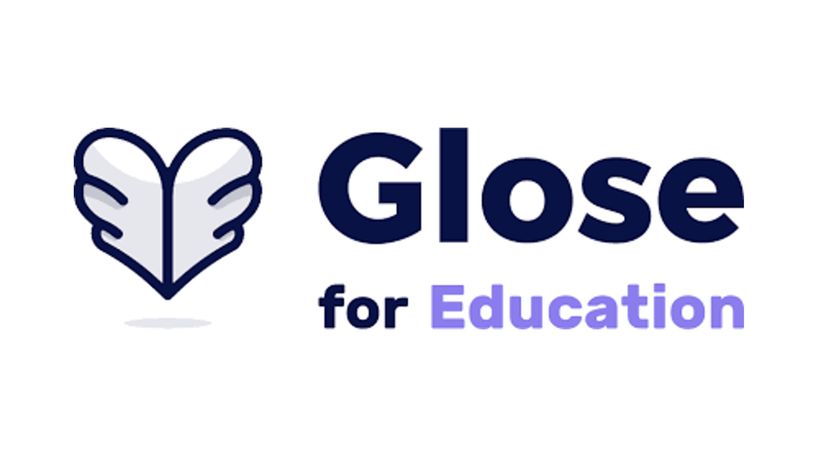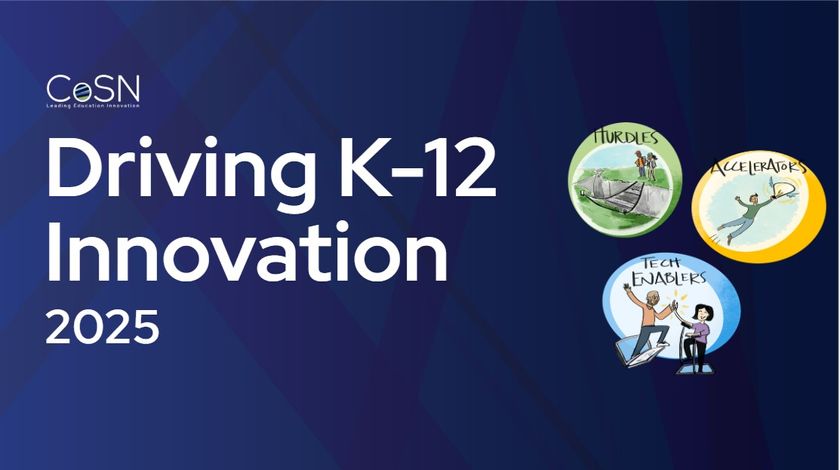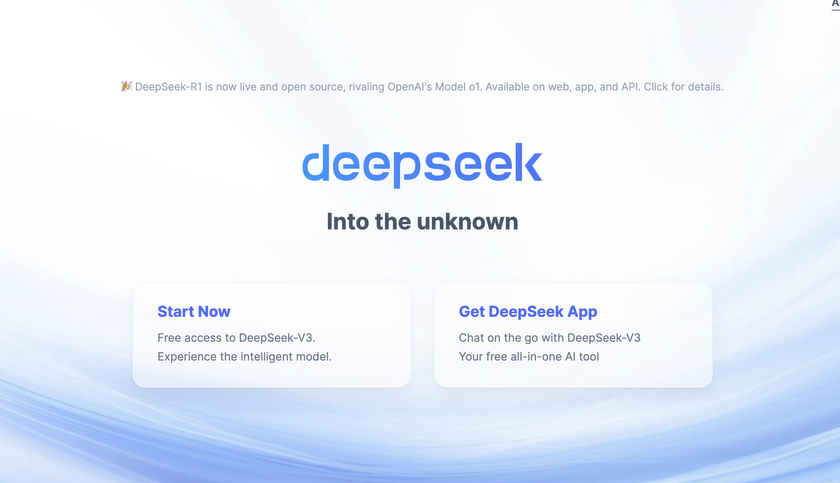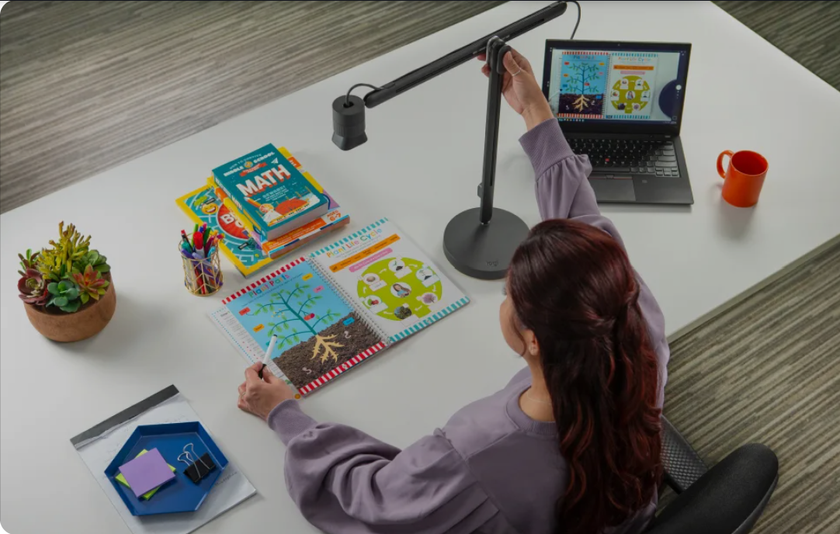One-to-One in Alaska
from Technology & Learning
In the remote Alaskan interior, students are reaping the benefits of laptop computing.
Each school, district, or state has a unique set of circumstances and obstacles to deal with in implementing a one-to-one laptop program. That is especially true of Denali Borough School District in Alaska. Located in the Alaskan interior, it encompasses Denali National Park (with North America's tallest mountain), covers more than 12,000 square miles (roughly the size of Maryland), and serves about 300 students in its three buildings. In 1991 the Alaska State Department of Education instituted standards-based learning, and in the last few years, Denali has implemented an Expeditionary Learning model in its schools.
The remoteness of students, faculty, and school buildings is something Pete Vraspir, director of technology for the district, has to consider on a daily basis. The district's three K-12 school buildings—Cantwell, Anderson, and Tri-Valley—are about 40 miles apart.
To serve students who can't attend school in one of these buildings, the Denali Peak correspondence school was developed, which includes about 300 students. Students in this program, along with all students in grades 6-12, are issued a laptop. Denali uses Apple as a vendor, with students currently using iBooks and PowerBooks; MacBooks will be rolled out next year. "The one-to-one program really addresses our ability to help our kids get information that they might not have normally been exposed to," Vraspir says.
How It's Working
Alaska's standards-based curriculum doesn't assign grades to students but requires them to demonstrate mastery of benchmarks to move to the next level. This, combined with becoming an Expeditionary Learning district, changed the district's focus from lecture, textbook, and worksheet learning to more in-depth project-based learning. Vraspir sees the laptop program fitting right in with this.
Tech & Learning Newsletter
Tools and ideas to transform education. Sign up below.
Students are creating movies, slide shows, and podcasts, all of which might become part of an e-portfolio assessment. "It provides the opportunity to build content and proof of learning in more interesting ways," Vraspir says.
One example of this came from Mark Jordan's Grand Canyon expedition class at Tri-Valley High School. Students learned various concepts and skills through a year-long, in-depth study of the Grand Canyon. The students studied geological time, plate tectonics, rock types and layers, ecology, and even the human history of the Grand Canyon and a few other national parks that they planned to visit. There is no textbook for this class, so the laptops were used on an almost daily basis. "We used them from everything to check on the day's weather at the Grand Canyon to researching and designing PowerPoint presentations," Jordan says. The class culminates in a five-day backpacking trip into the canyon, where students get to experience much of what they studied. They took digital photos and videos and used iMovie to document the experience and how it aligned with what they had been learning all year long. "The fact that each student has access to the Internet, e-mail, and PowerPoint makes the class participatory," Jordan says. "With some direction, students are in charge of how they find the information and how they present it."
Denali uses the iLife Suite extensively in the classroom. These multimedia files are managed by students using AquaMinds NoteTaker, which serves as a digital notebook and journal and creates media-rich electronic portfolios that can be used for assessment purposes. This is especially useful for schools that are standards- or project-based.
For communicating with teachers and other students, Denali provides each student with an e-mail account and chat program (using MacMail and iChat). Teachers and students use these programs to post, share, and provide feedback on assignments. These are handled internally on the district server for further control, limiting students to contact with school community members.
The evalauation data on the laptop program is just beginning to be collected. District students have always scored well on the state standardized test and continue to meet No Child Left Behind expectations for improvement. Vraspir has noticed the greatest improvement in special ed and low-income students since the laptop program began in 2003. There has also been a decrease in behavioral problems. He believes this has to do with the affinity students have for technology. "Putting a laptop in kids' hands increases their interest," he says.
Professional Development
One of Vraspir's duties involves helping teachers incorporate the enormous changes the district has seen in the last few years. Professional development is one of his passions, so he works with district master chief technician and former Apple systems engineer Chris Romine to meet the staff's needs.
Although the district does use in-service days for training, Vraspir finds that it's more effective to work with individuals or small groups in shorter sessions. The district schedule provides shortened school days every Wednesday to provide time for professional development opportunities. He believes in a professional development program that is continuous and individualized. "Give it to them on a continuous basis and in small bites, and then they get hungrier," he says. "And then give them collaborative time because sometimes they have the best ideas themselves. It's imperative." Both he and Romine schedule time when they can meet with teachers to show them new tools or Internet content that might enhance what they are already doing. They also respond to teacher requests for training both in and outside the classroom.
Funding
Money for the program comes from a variety of local, state, and federal funds. Alaska doesn't have property taxes, but funds from a bed tax in the borough, generated by the summer tourism industry, contribute to the district budget. In the summer of 2004 the Association of Alaska School Boards asked the state legislature to fund a laptop initiative for Alaska. The legislature approved $5 million in state funds, and the AASB is seeking matching federal funds through Alaska's congressional delegation. It formed the Consortium for Digital Learning, and 18 districts (including Denali) were awarded funds for a new or existing program.
In addition, each family is required to pay an annual fee of $65 to defray the costs of repairs to the machines and access to the wireless Internet network. Due to the lack of infrastructure, Internet service is expensive in Alaska. Two T1 lines and the circuits to connect the three school buildings run Denali $10,000 a month.
Through these funds and federal entitlement money (Title II, Title V, Carl Perkins, and others), along with a lease plan through Apple Financial Services, Denali is able to maintain one of the few truly sustainable, comprehensive laptop programs in the country. The district buys new laptops every year for 6th-grade students or students new to the district. Because the lease purchase program lasts four years, graduating students are given the option of buying their laptop for $1.
Going Forward
Denali looks to continue its program and move even further away from printed material and toward digital assignments and portfolios. Vraspir has been hired by Apple as a professional development trainer for the state of Alaska, where he hopes to see the success at Denali duplicated in other districts statewide and even nationally. He believes every student would benefit from having a laptop in the classroom. "Having exposure to this technology and seeing that it is turning into a global economy and community is really valuable," he says, "and our kids can see that even though they are in this little podunk town in the middle of nowhere."
Tom McHale is an educator in New Jersey.
Toolbox
Consortium for Digital Learning











